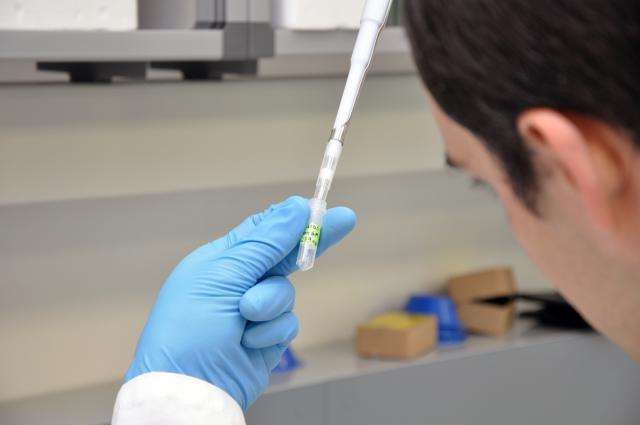DNA sequences in GMOs: Largest database now publicly available

The JRC has published a new database, JRC GMO-Amplicons, which contains more than 240 000 DNA sequences appearing in genetically modified organisms (GMOs). It will help to verify the presence of GMOs in food, feed and environment. To date, this new database is the largest and most comprehensive in this area and could be key to developing new methods for detecting GMOs in food and feed.
The number of genetically modified (GM) crops, their complexity and the related cultivation area are steadily increasing worldwide. In the EU, only one variety of maize (corn) is currently grown commercially but GM varieties of maize, cotton, soybean, oilseed rape and sugar beet are authorised for import into the EU for food and feed uses. The authorisation is granted for new products if they do not pose threats to human or animal health or to the environment.
According to EU Regulation on labelling, labels have to specify if the product contains GMOs.
Correct labelling requires methods for GMO detection, identification and quantification and allows consumers to make informed decisions. These methods detect one or more short DNA sequences (amplicons) characteristic of the GMO genomes, i.e. they are able to detect if GMOs are present in the product. The new JRC GMO-Amplicons database was compiled by collecting information from a large number of publicly available databanks through an automatic computer-based procedure, called "Bioinformatics pipeline", developed by the JRC experts. The database provides information on amplicons present in GMOs that are authorised in the EU and also those described either in a publication, patent, or public database (even if not authorised). This makes JRC GMO-Amplicons the most comprehensive source for the detection of DNA target sequences currently available.
The new database is easily accessible via the web and helps laboratories to identify suitable target-sequences for developing detection methods, especially for unauthorised GMOs.
The reliable detection of GMOs is pivotal for the enforcement of regulations on GMO authorisation and labelling. In the context of the GMO authorisation process, the European Union Reference Laboratory for GM Food and Feed of the JRC is responsible for validating, developing and optimising methods for the detection of GMOs, and harmonising their correct application throughout the EU. It also is responsible for making tools and methods available to the control laboratories.
The JRC GMO-Amplicons database is the third publicly available tool that has been developed by the JRC in the GMO field, together with the JRC GMO-Matrix and the GMOMETHODS database, a decision support tool to optimise the detection of GMOs and the EU database of reference methods for GMO analysis, respectively. They all together will contribute to make the analysis of GMOs in the food chain more efficient and cost-effective.
Provided by European Commission Joint Research Centre




















